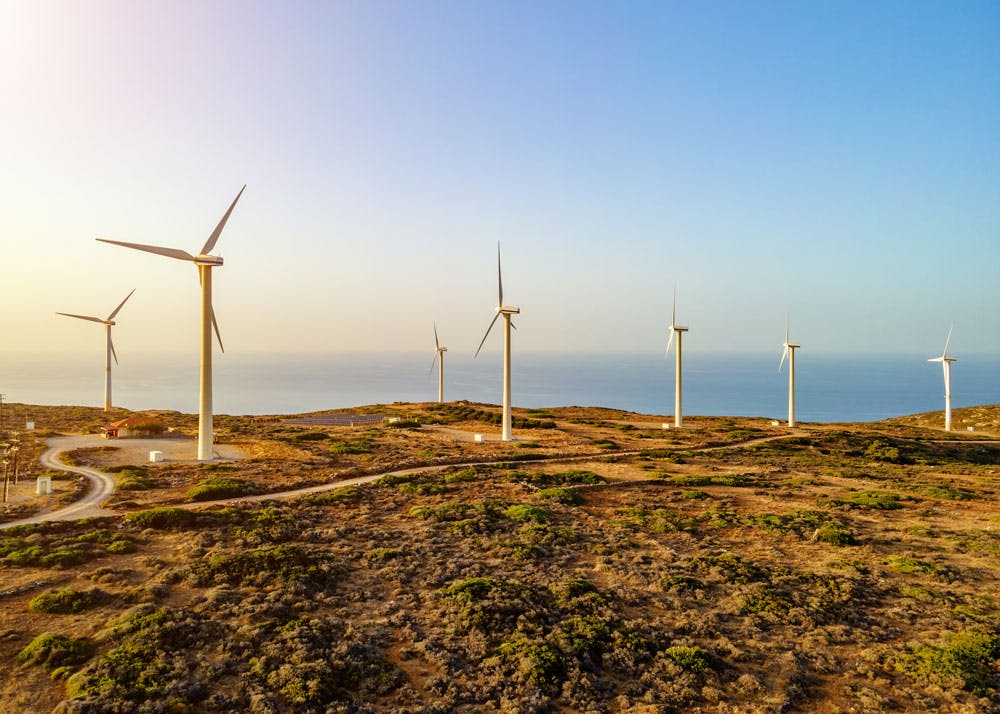
Whirling Progress: Advances in Wind Energy Technologies
The realm of renewable energy has witnessed remarkable progress, with wind energy technologies emerging as a leading force in the transition to sustainable power. This article explores the significant strides in wind energy technologies, examining their impact, innovations, and the role they play in shaping a cleaner and greener future.
Harnessing the Power of Wind
At the core of wind energy technologies is the ability to harness the kinetic energy of the wind and convert it into electricity. Wind turbines, strategically positioned in areas with consistent wind patterns, capture this energy using rotor blades that turn a generator. This fundamental principle has paved the way for harnessing vast amounts of renewable energy to meet growing power demands.
Evolution of Wind Turbine Designs
Advancements in wind turbine designs have been pivotal in enhancing energy capture efficiency. The evolution from traditional horizontal-axis turbines to modern vertical-axis and offshore designs has increased the effectiveness of converting wind energy into electricity. These innovations contribute to the scalability and adaptability of wind energy technologies across diverse landscapes.
Onshore and Offshore Wind Farms
Wind energy technologies are deployed in both onshore and offshore settings, each presenting unique advantages. Onshore wind farms, often located in areas with substantial land availability, harness wind energy close to populated regions. In contrast, offshore wind farms, situated in bodies of water, capitalize on stronger and more consistent winds, offering a potentially higher energy yield.
Floating Wind Turbines: A Maritime Revolution
The advent of floating wind turbines represents a maritime revolution in wind energy technologies. These innovative structures enable the deployment of turbines in deeper waters, opening up vast expanses for offshore wind farms. Floating platforms utilize buoyancy to remain stable, presenting new opportunities for capturing wind energy in previously untapped offshore locations.
Increased Efficiency Through Smart Technology
Smart technology integration has significantly increased the efficiency of wind energy systems. Advanced sensors, machine learning algorithms, and predictive analytics optimize the operation and maintenance of wind turbines. This results in improved performance, reduced downtime, and enhanced overall reliability, making wind energy a more attractive and competitive option.
Energy Storage Solutions for Wind Power
The intermittent nature of wind poses challenges for consistent power generation. Energy storage solutions, such as advanced batteries, play a crucial role in mitigating these challenges. Excess energy generated during periods of high wind can be stored and released during lulls, ensuring a reliable and stable energy supply to the grid.
Environmental Considerations and Sustainability
Wind energy technologies are celebrated for their environmental sustainability. Unlike traditional fossil fuels, wind power produces minimal greenhouse gas emissions and has a significantly lower environmental impact. The focus on sustainability extends beyond energy production to the life cycle of wind turbines, including recycling and disposal considerations.
Challenges and Solutions in Wind Energy
Despite the progress, challenges persist in the realm of wind energy technologies. Addressing issues such as intermittency, visual impact, and potential effects on wildlife requires ongoing research and innovation. Collaborative efforts among industry stakeholders, governments, and environmental organizations are essential in developing comprehensive solutions that balance energy needs with environmental concerns.
Community Engagement and Benefits
Wind energy projects often involve local communities, fostering community engagement and providing economic benefits. Revenue-sharing models, job creation, and community-owned wind farms contribute to the social acceptance and positive impact of wind energy technologies. The alignment of renewable energy projects with community interests is crucial for a sustainable energy transition.
Government Policies and Global Expansion
Government policies play a pivotal role in driving the adoption and expansion of wind energy technologies. Supportive regulations, incentives, and targets for renewable energy contribute to the global expansion of wind power. As nations strive to meet climate goals, wind energy’s role in the energy mix continues to grow, creating a pathway toward a more sustainable and resilient energy future.
In conclusion, the advances in wind energy technologies represent a beacon of hope in the pursuit of a cleaner and greener energy landscape. From innovative turbine designs to smart technology integration, the progress in wind energy is shaping a sustainable future where clean power is harnessed efficiently and responsibly.
For more insights on Wind Energy Technologies, visit dataharza.my.id.


